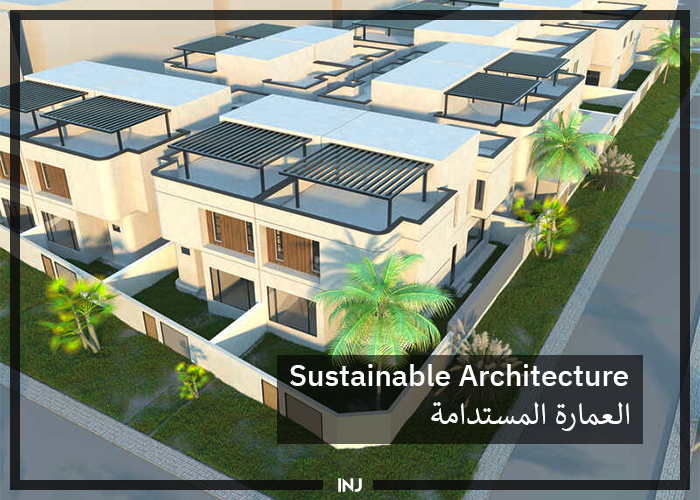What exactly is an eco-friendly home?
eco-friendly residence
An eco-friendly home is one that protects the environment, uses non-toxic building materials, and conserves energy during both construction and use. Nonetheless, the idea of a “eco-friendly home” is continually changing due to new technology and building techniques.
From the moment the designs are created, the house must be in harmony with its surroundings;
Its construction: the materials chosen should be eco-friendly, recyclable, and natural;
Appliances: The electrical appliances should lower the home’s energy usage.
So, the goals of an eco-friendly home are to create the fewest pollution possible, minimize energy waste, and maximize financial savings.
Features of an environmentally friendly home
Eco-friendly homes seek to minimize both their use and the impact they have on the environment. Hence, the appliances used in an eco-friendly home should likewise adhere to the “sustainable architecture” principles, i.e., they should be energy-efficient and environmentally friendly. Innovative and environmentally friendly technology, such solar and geothermal energy, is chosen when buying appliances for the home.
All of these appliances not only lower the energy use in the house but also provide power bill reductions.
enhancing the house’s outside design
If the sun heats the house in the winter, it is best to avoid direct sunlight in the summer in order to keep the house cool.
Here are some pointers to help you do that:
establishing a luxuriant tree in front of a window with a southern exposure;
putting in a hedge to provide cover;
building a trellis that will support a patio;
Wood was used for the terrace floor as opposed to cement since it traps less heat throughout the summer.
Thermal defense
Insulation is crucial for preventing energy loss and lowering usage. It enhances resident comfort while enabling more efficient heat storage.
The most crucial area that need insulation is the roof, as this is where the majority of heat escapes. Limiting heat loss can also be accomplished by insulating windows, floors, and walls.
Ventilation
Both for health reasons and to prevent humidity and dampness in the home, air flow and renewal are crucial.
To prevent energy loss, it is advisable to establish a controlled mechanical ventilation system.
Three categories can be used to classify it:
Simple, regulated, and double flows are all possible.
Renewable energy for heating and hot water
For the energy shift, renewable energy is crucial. It is possible to install a heat pump or a wood furnace system to heat using renewable energy. Installing a thermodynamic water heater or a personal solar water heater is another way to generate hot water using renewable energy.
using solar energy and solar panels to produce electricity
Using the electricity generated by solar panels, which are frequently mounted on the roof of the home, constitutes self-supply. The extra electricity produced can then be bought back and reinjected into the world energy grid by a provider.
As a result, using this strategy enables one to be self-sufficient while still saving money.
usage of less energy
Better consumption also results in energy savings. Within the home, it is possible to behave in a variety of ways:
installing energy-efficient light bulbs, such as LEDs; investing in appliances with minimum A+ energy ratings;
Moreover, installing water-saving fixtures like low-consumption shower heads, dual-flush toilets, or a rainwater collection system;
installing a water boiler with a high energy efficiency.
Embrace a lower-tech lifestyle.
More on INJ Architects:
Civil Engineering VS Architecture. What Degree To Pursue in 2023?

